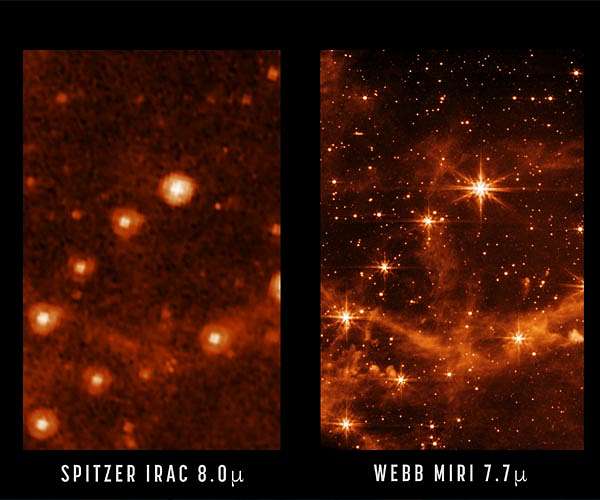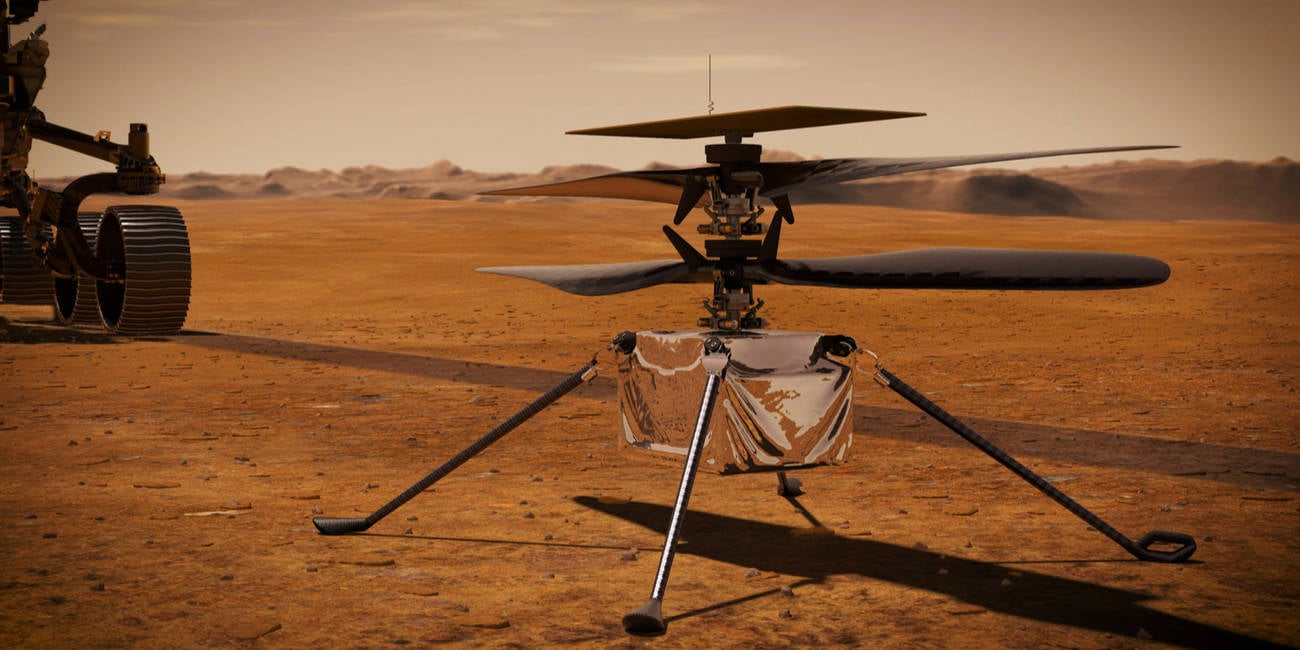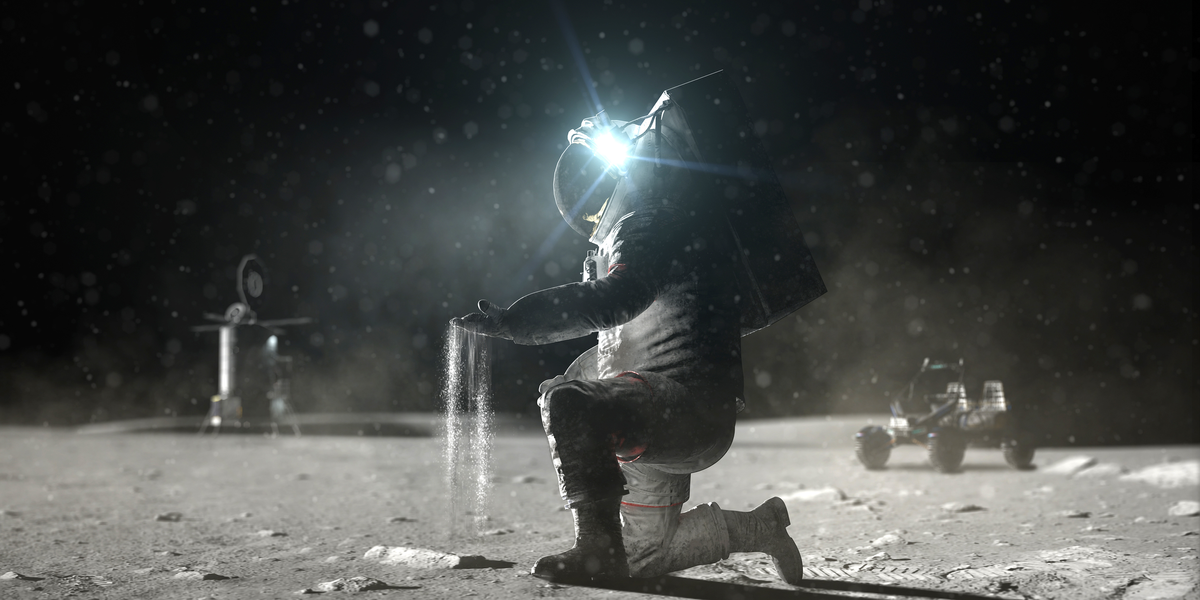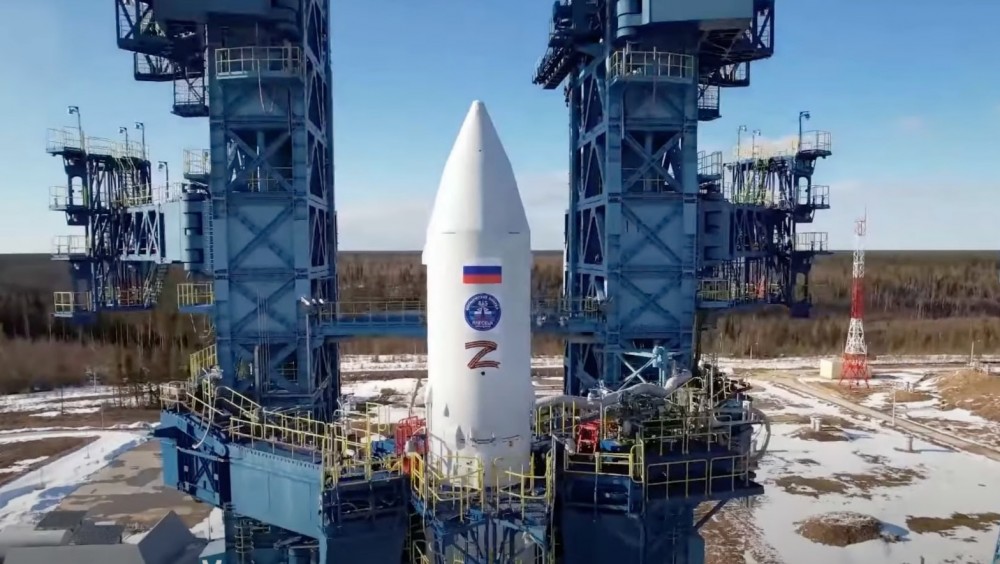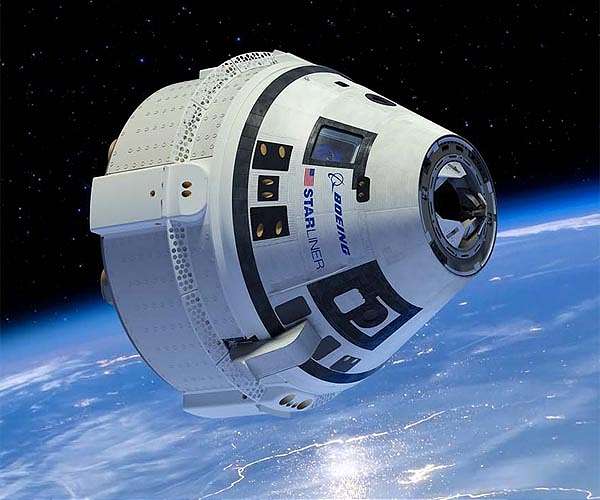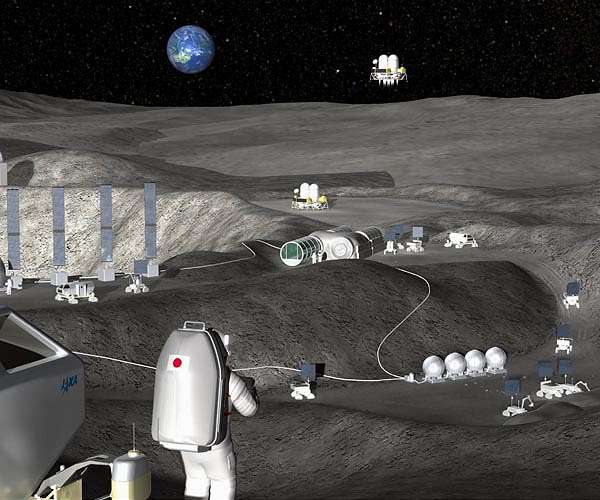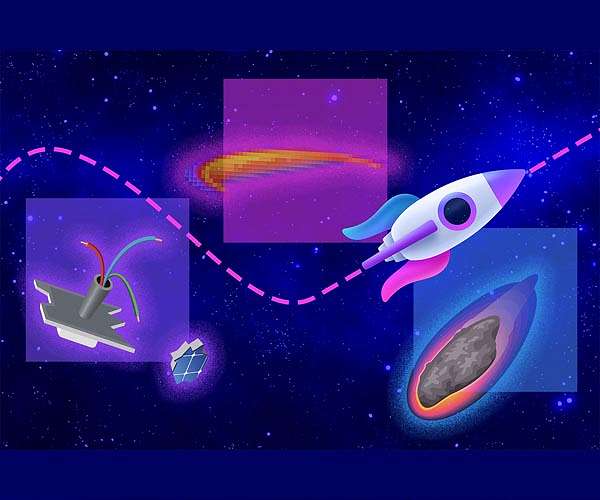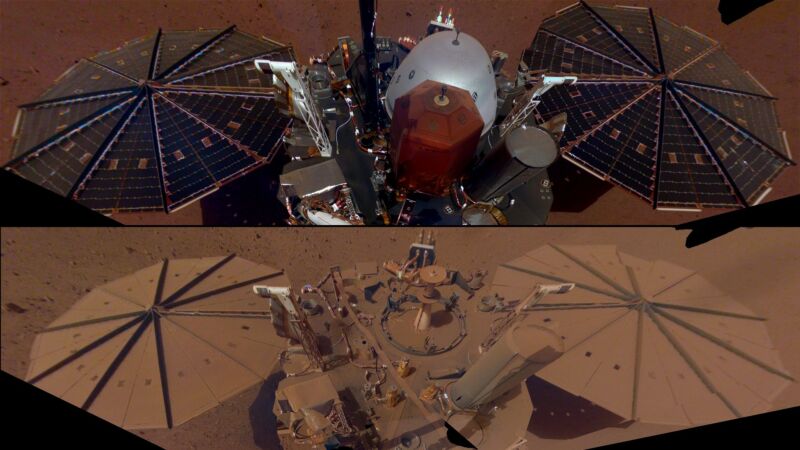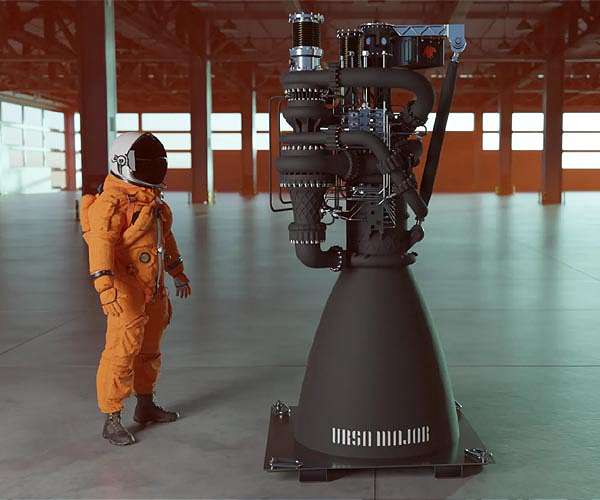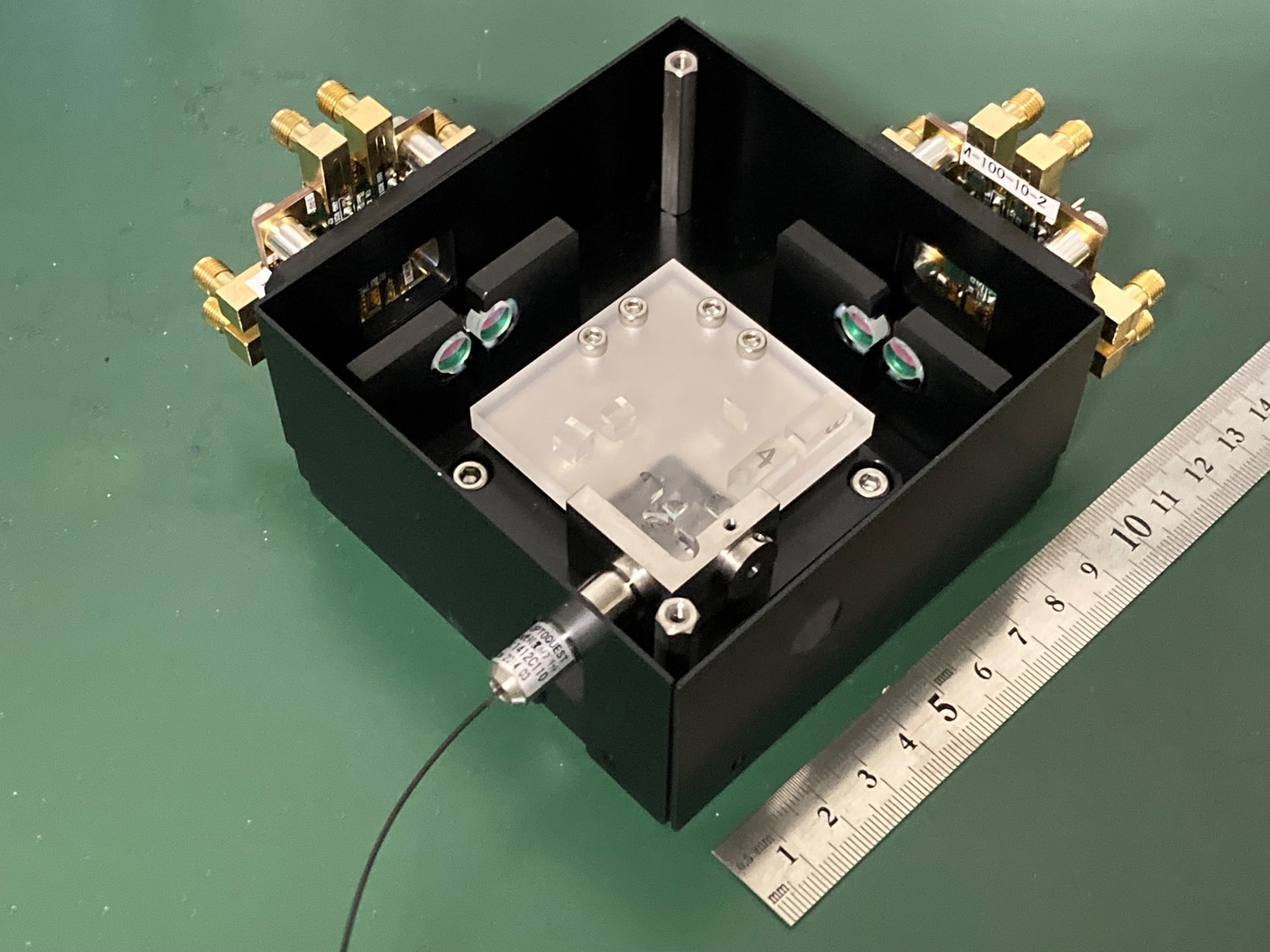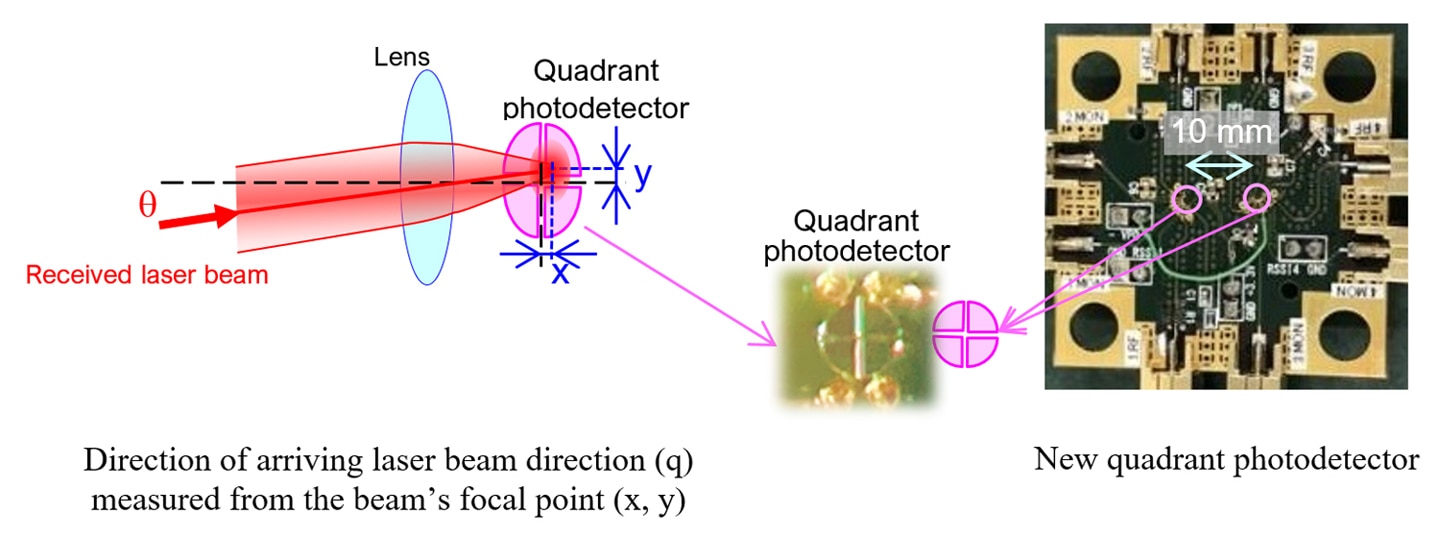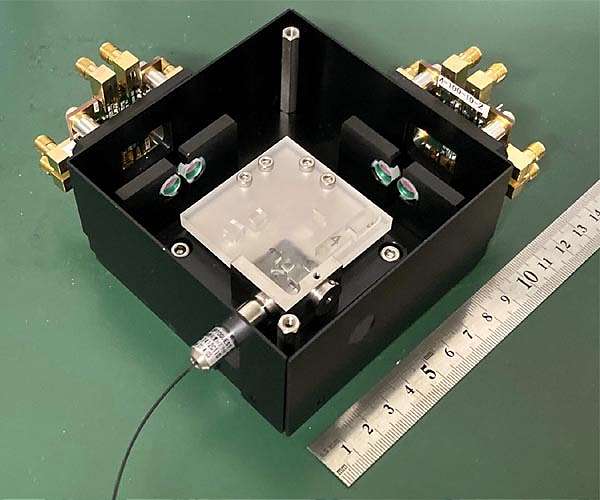
ELSA-d is the world's first commercial mission to prove the core technologies necessary for on-orbit satellite servicing in LEO. The mission, which consists of two satellites - a servicer designed to safely remove debris from orbit and a client that serves as a piece of replica debris - was launched as a stack into a 550 km orbit from the Baikonur Cosmodrome in Kazakhstan in March 2021. The first demonstration, in which the servicer released the client and manually performed magnetic docking, was completed on August 25, 2021, successfully validating the capture system, on-board sensors and cameras.
Mission operations for an Autonomous Capture demonstration began on January 25. After successful release of the client from the servicer's magnetic capture system, the servicer successfully maintained a distance of 30 meters from the client through the use of autonomous relative station-keeping algorithms, with input from the servicer's lower power radio (LPR) sensor.
After successfully demonstrating this important rendezvous capability for more than seven hours, anomalous spacecraft conditions were detected. For the safety of the mission, the ELSA-d team decided not to proceed with the capture attempt. The servicer and client were further separated to allow the team to investigate several issues from a safe distance and by doing so, the spacecraft drifted farther apart, to a maximum distance of approximately 1,700 kilometers.
The biggest challenge of the latest demonstration was replanning the rendezvous approach with the use of only four of the eight thrusters on the servicer. This restricted the ability of the servicer to perform detailed rendezvous maneuvers with the client as originally planned. While a system issue had an impact on three of the thrusters, the root cause for the loss of one thruster is not clear and is under joint investigation by Astroscale and Bradford/ECAPS, the thruster supplier for the ELSA-d mission.
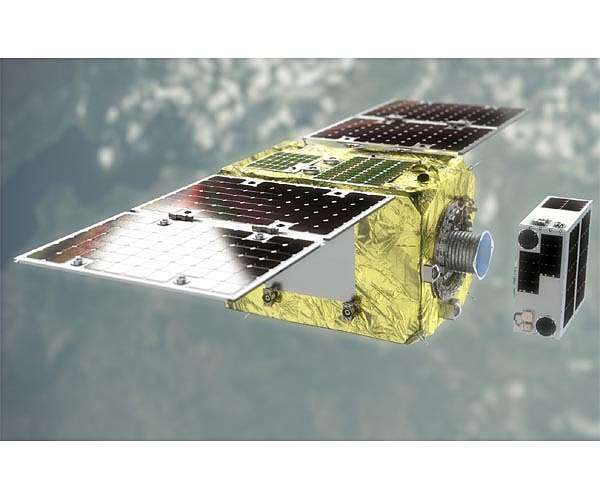
Astroscale's ELSA-d completes complex rendezvous operation
Tokyo, Japan (SPX) May 05, 2022 - Astroscale Holdings Inc. (Astroscale), the market leader in satellite servicing and long-term orbital sustainability across all orbits, has announced that, despite several unexpected setbacks, its
www.spacedaily.com


